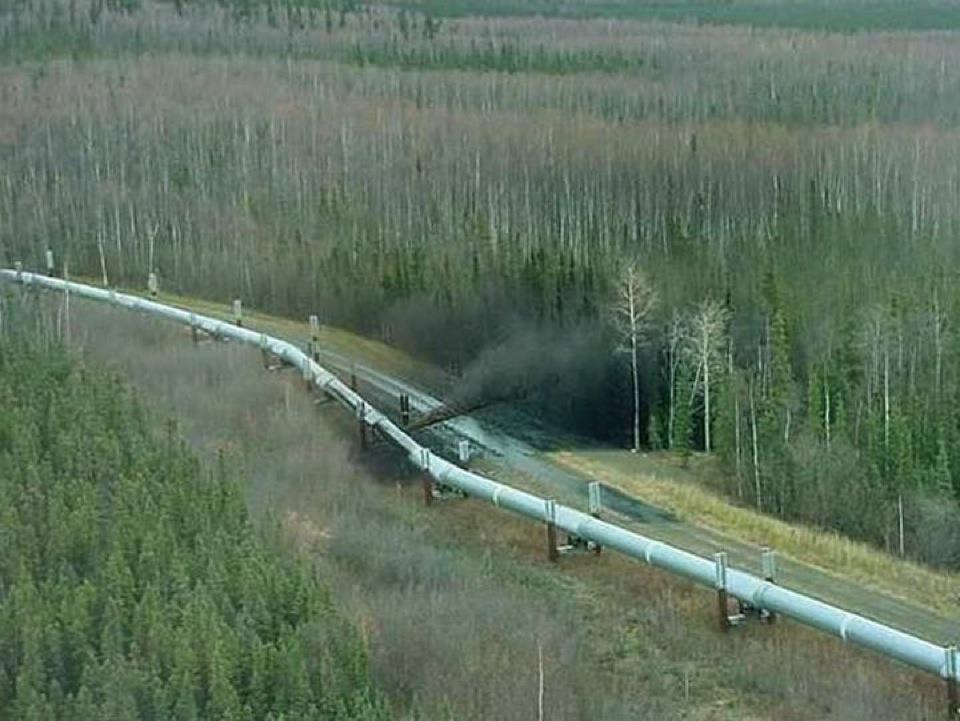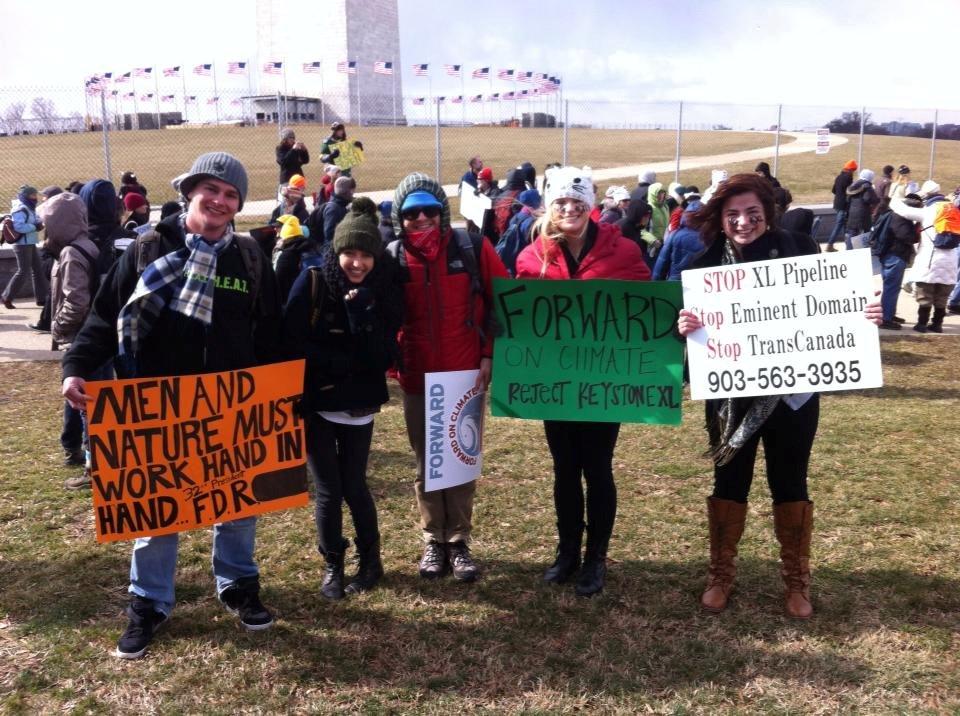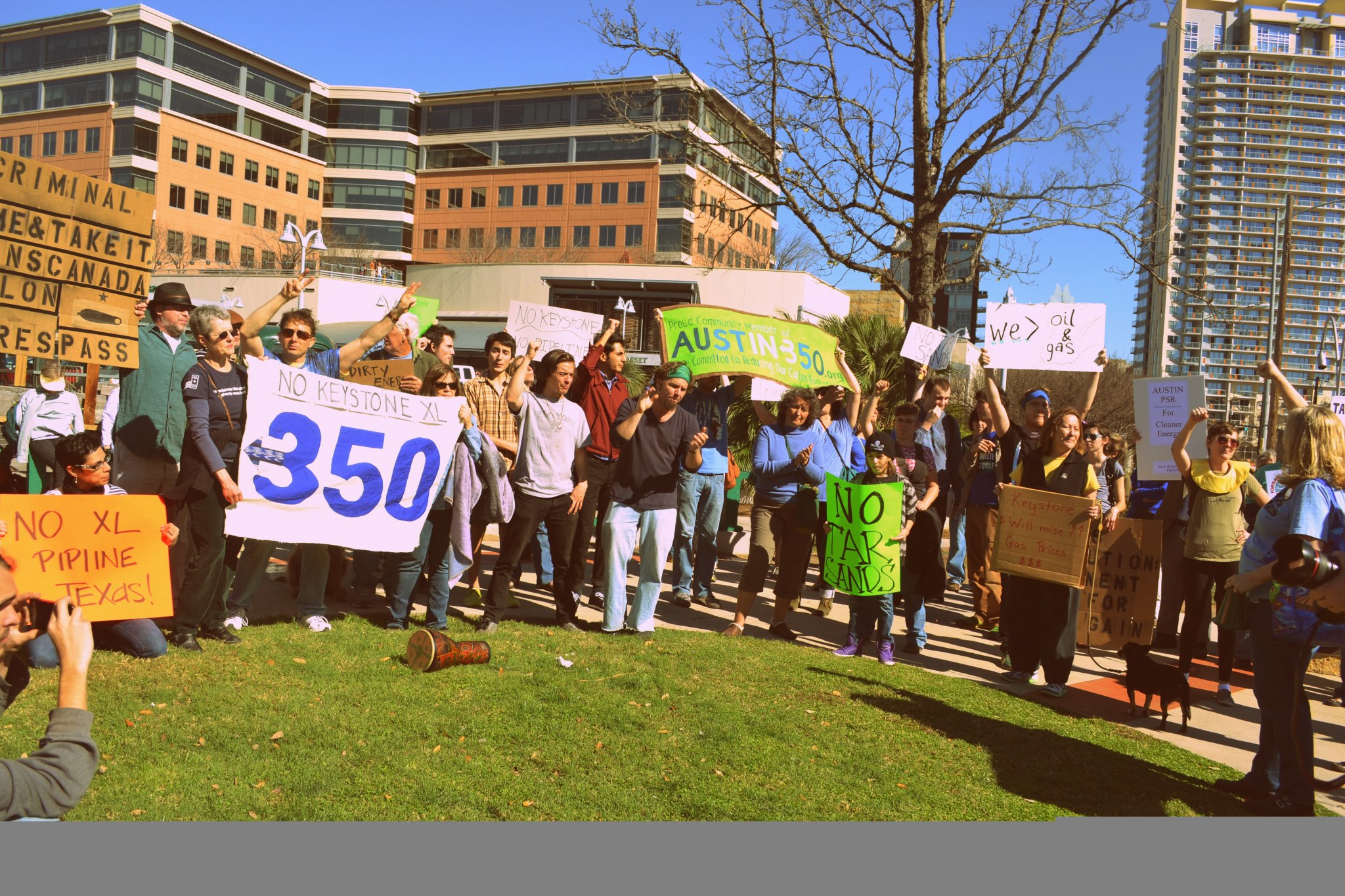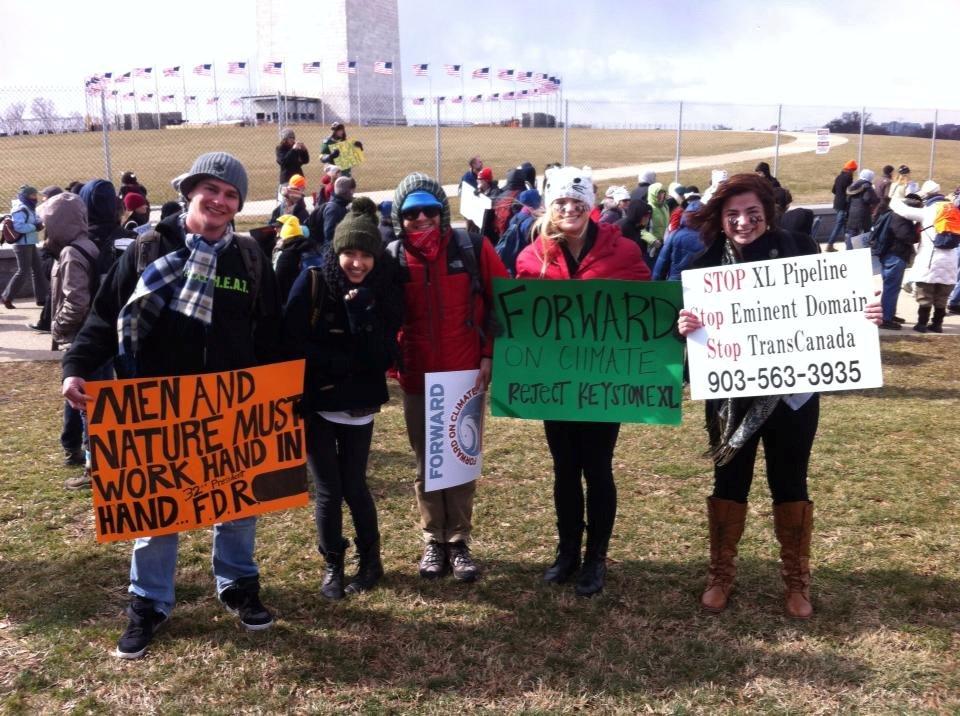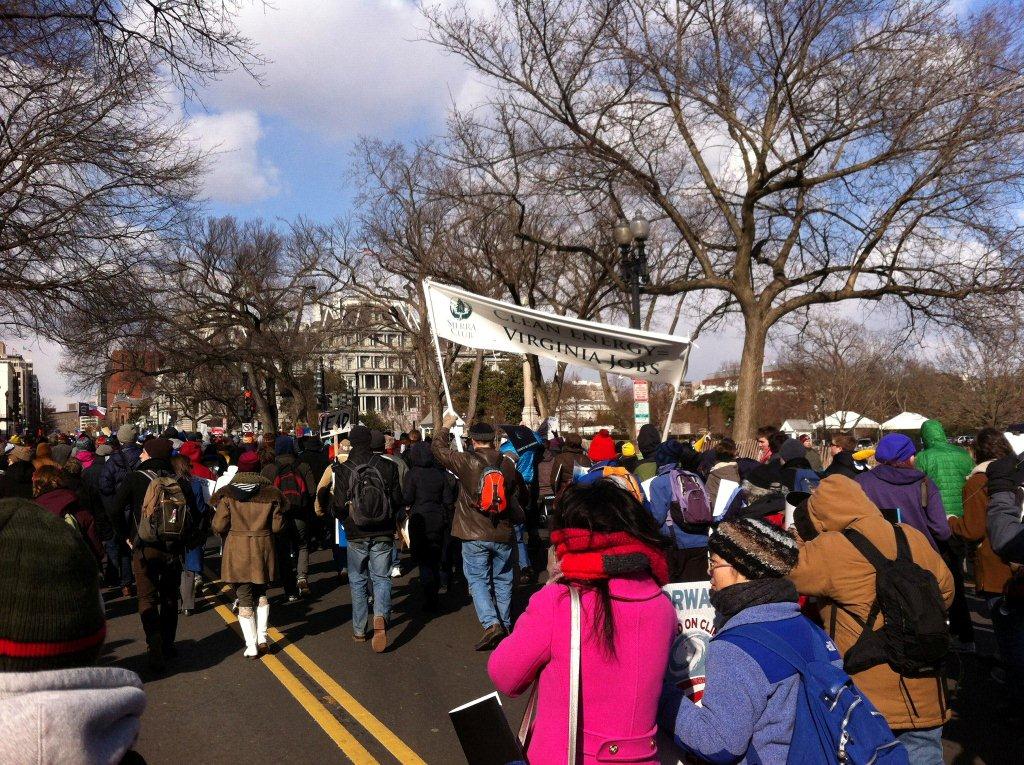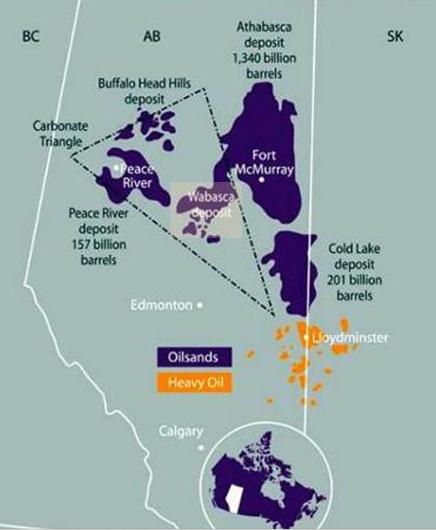
Canadian Oil Sands: Location of Canadian oil sands and viscous heavy oil deposits (Source: Canadian Association of Petroleum Producers (CAPP) website at http://www.canadasoilsands.ca/en/)
On Good Friday, an ExxonMobil pipeline carrying Canadian Wabasca Heavy crude burst in Mayflower, Arkansas and was discovered—not by the pipeline company—but by a local resident. According to the Canadian Energy Pipeline Association (CEPA), which referred to Wabasca as “oil sands” in a report, the “heavy crude” is a heavy bitumen crude diluted with lighter liquids (or diluted bitumen also called dilbit) to allow it to flow through pipeline. So we will be referring to the spill as oil sands to differentiate it from crude oil.
Exxon Mobil Corp continues its efforts to clean up thousands of barrels of Canadian tarsands spilled from a 65-year-old pipeline in Arkansas, as a debate rages about the safety of transporting rising volumes of the fuel into the United States.
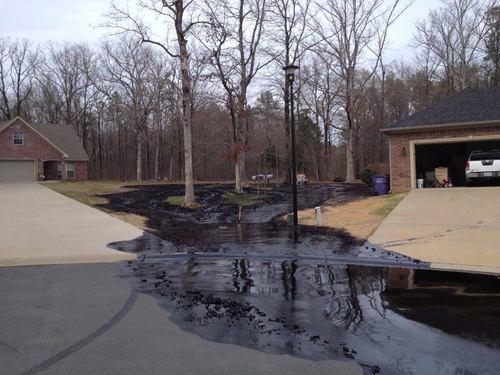
Oil Sands spilling from Exxon pipeline, March 29, 2013 – http://switchboard.nrdc.org/blogs/aswift/tar_sands_pipeline_safety_risk.html
The Pegasus pipeline, which ruptured in a community near the town of Mayflower, spewing oil sands across lawns and down residential streets, remains shut and Exxon didn’t begin excavating the area around the breach until Monday, a critical step in assessing damage and determining how and why it leaked. And no reports we have seen indicate the community was alerted to the potential health impacts the residents might experience.
Exxon Mobil’s Pegasus pipeline crosses 13 miles of the Lake Maumelle watershed. Many are concerned this poses a risk to Central Arkansas’s water supply, which includes the drinking water for Little Rock, the capital and the largest city of the state of Arkansas
The spill has stoked a discussion about the environmental dangers of using aging pipelines to transport dilbit from Canada, as a boom in oil and gas production in North America increases volumes moving across the continent. The Pipeline and Hazardous Materials Safety Administration (PHMSA) said in a recent report that more than half of the nation’s pipelines were built in the 1950s and 1960s in response to higher energy demand after World War II. This is of particular interest to East Texans who may become host to hundreds of miles of re purposed Seaway pipeline that, like the Arkansas pipeline, passes near three major DFW water supplies.
Environmentalists argue that oil sands are more corrosive to pipelines than conventional oil and that spills from these pipelines pose a risk to drinking supplies and the health of residents living near a spill.
A 2010 Michigan spill resulted in residents being evacuated up to six miles away with more than 60% of the local population complaining of illness. (Source: Michigan Messenger,July, 2010) In a spill of oil sands, high levels of benzene and hydrogen sulfide go airborne requiring evacuation.
A film crew from the DFW area doing a documentary on the Tarsands fight, that traveled with a group of Texans to the Climate Rally in DC in February, were quickly dispatched after the Arkansas spill was discovered. They have shared with environmental groups that while filming in a local elementary school not far from the spill, numerous children at the school were reporting bouts of vomiting.
Children living near the Michigan spill reported cases of vomiting, upset stomach, shortness of breath, lethargy, headaches, rash, irritation with the eyes, sore throat, and cough withing the first week. Adults experienced migraines, eye irritation, sore throat, nausea, and coughing, and pets suffered from continuous vomiting and diarrhea. While the pipeline company told residents that they couldn’t prove that the pipeline spill was the cause, the EPA established that there were 15 parts per billion of benzene in the atmosphere in the region of the spill, which is roughly three times the standard established as safe for human exposure.
And to add insult to injury, this community found out after the fact that, while companies that transport oil are required to pay into the Oil Spill Liability Trust Fund, giving the government a pot of money for immediate spill responses, the Enbridge pipeline in Michigan and the Exxon pipeline in Arkansas, are exempt because these pipelines are not considered to be carrying “conventional oil”, despite the fact bitumen spills are more expensive and more dangerous.
So after 3 years, the Michigan spill is far from being cleaned up, and the long term affects of exposure to the toxins released from the spill won’t be known for years. We can only anticipate that the Arkansas community will experience similar issues in cleanup efforts and Little Rock will wait to see if there are going to be impacts on their water resources.
Texans along the pipeline routes have expressed many of these concerns over the past year fighting the tar sands pipeline companies that want to run these through their lands and here are a few things that they have learned.
Despite tar sands unique properties of high pressure, high transport temperatures, higher acidic, sulfuric, and chemical content, these pipelines are built to conventional crude pipeline standards and in Texas:
- Emergency response plans are only required after a pipeline company begins operations, not before.
- Pipeline testing is self-determined by industry for both new and re-purposed pipelines.
- The Railroad Commission has few inspectors to check pipeline integrity. Companies only propose flyover inspections of these lines every two weeks.
- Pipelines travel through rural areas, are considered low consequence, so are not given the same safety considerations as more populated, high consequence areas.
- Volunteer fire departments in rural areas lack the expertise, training and equipment to deal with a tar sands spill which is a hazardous material spill
- Computerized detection system tout spotting pipeline problems within 10 minutes, but this has failed with both new and re-purposed pipeline spill detection.
I certainly don’t feel like the government has my best interest at heart looking at these failures to protect the citizens of Texas and other states along these pipeline routes. We will be watching this one.
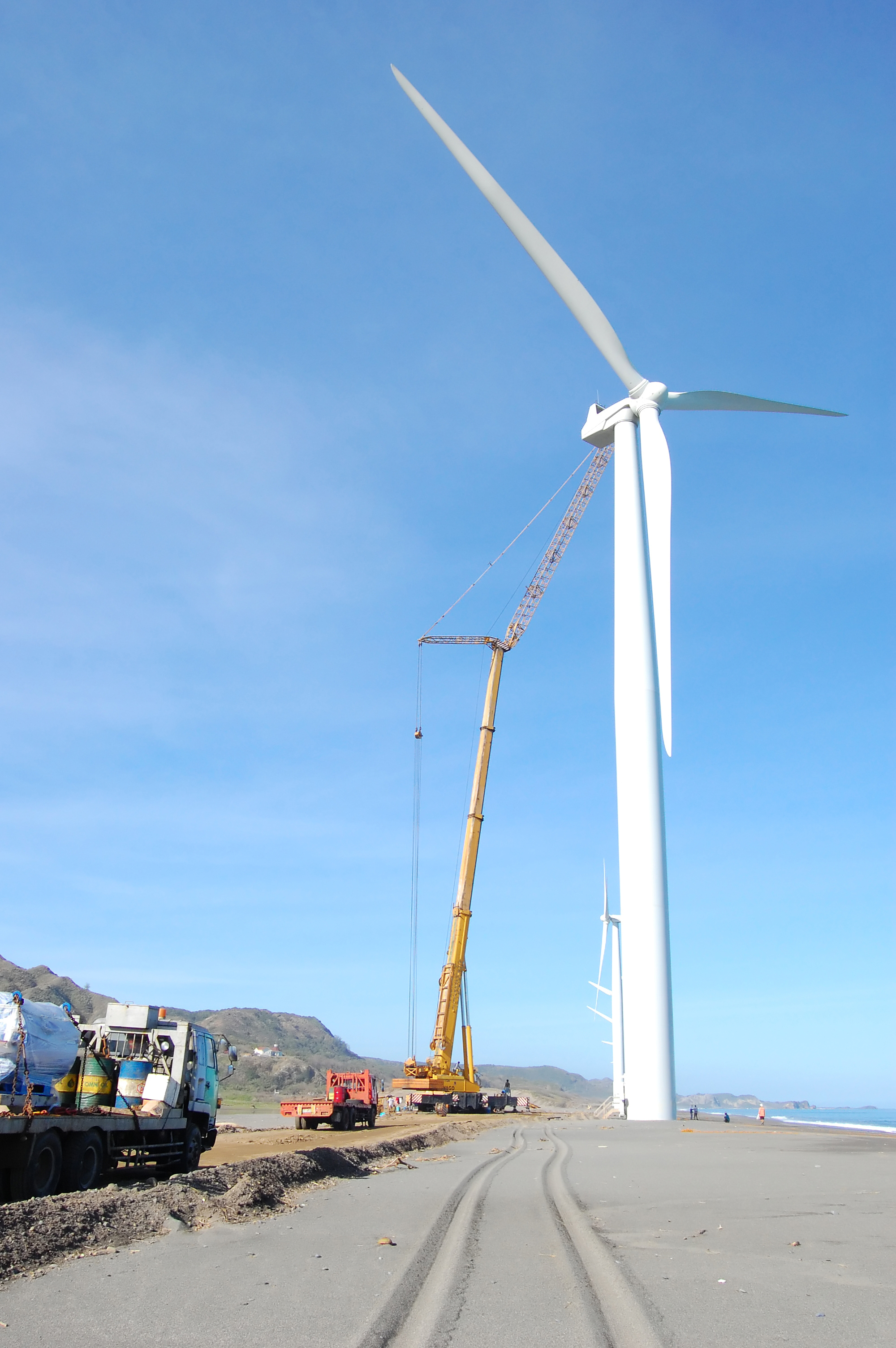
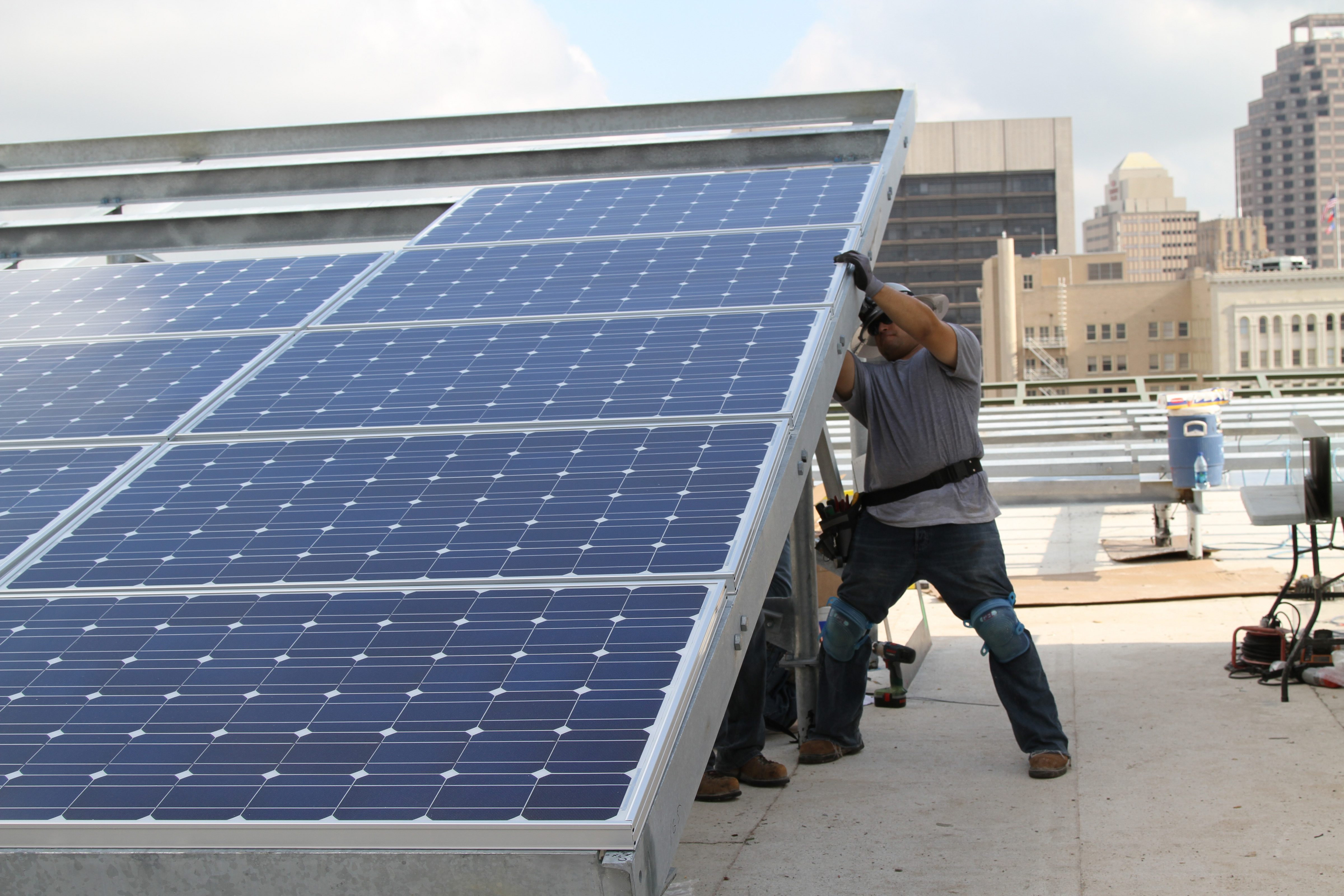

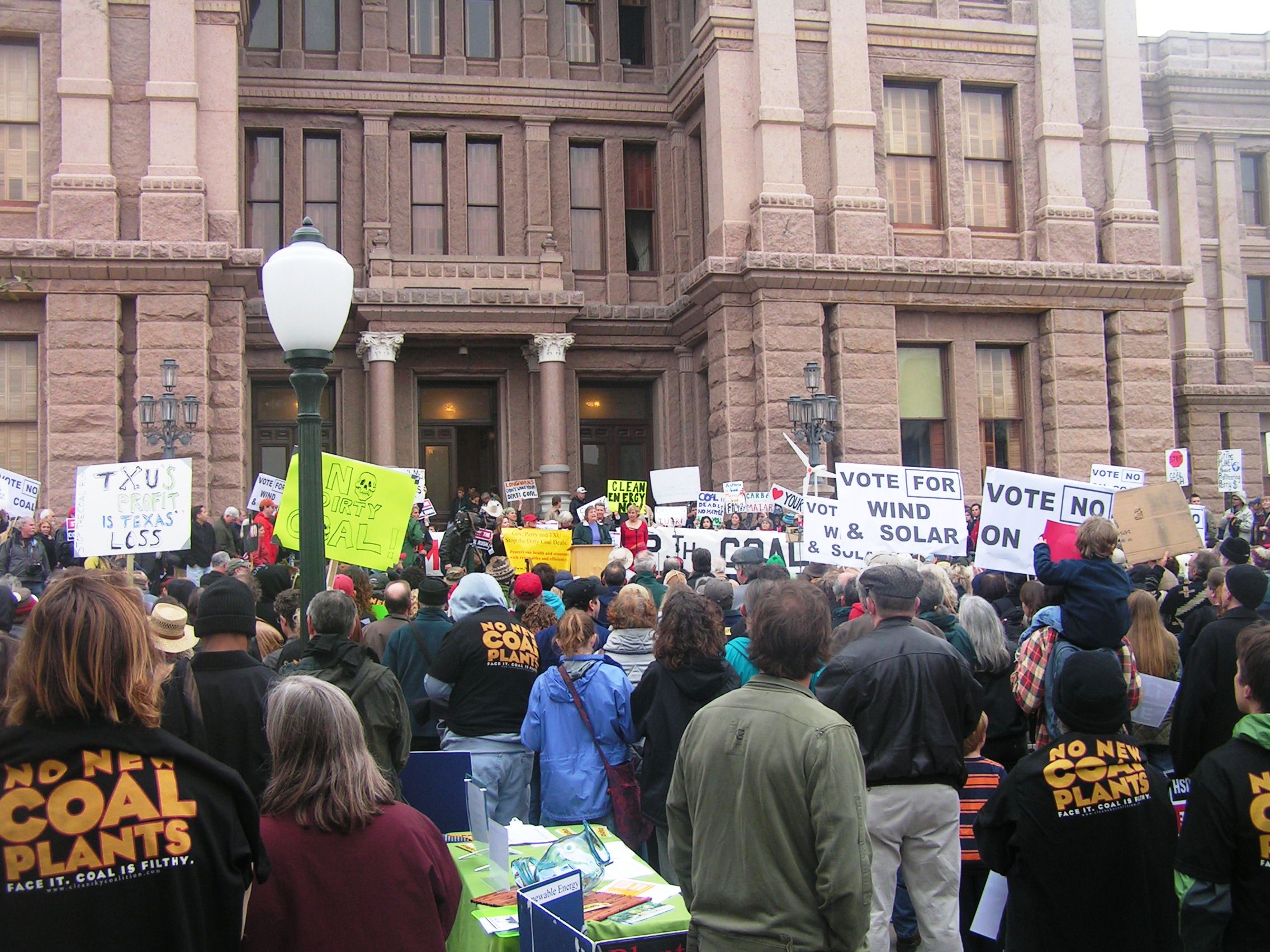


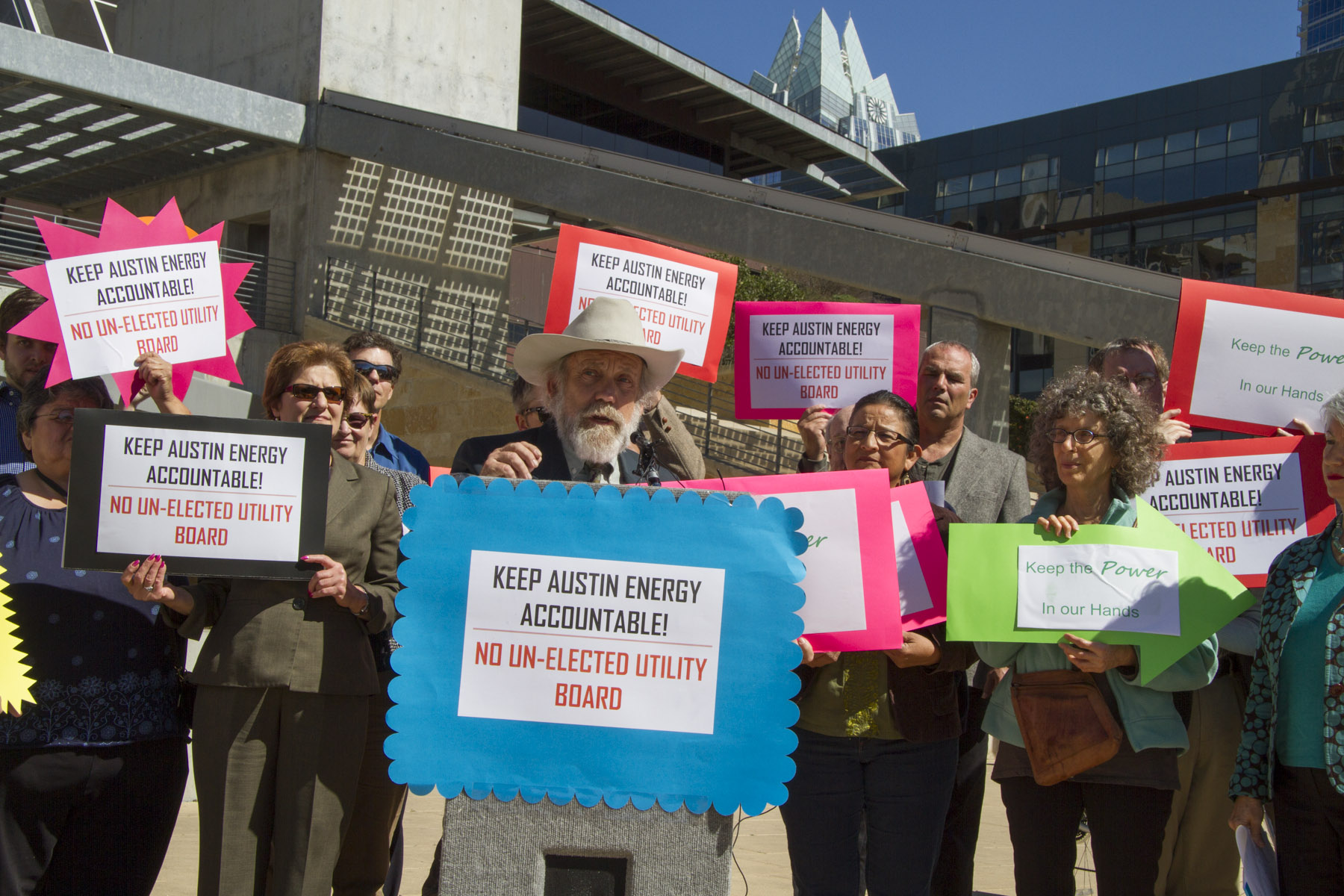
![beforenafter1[1]](http://texasvox.org/wp-content/uploads/2013/02/beforenafter11.jpg?w=300)
